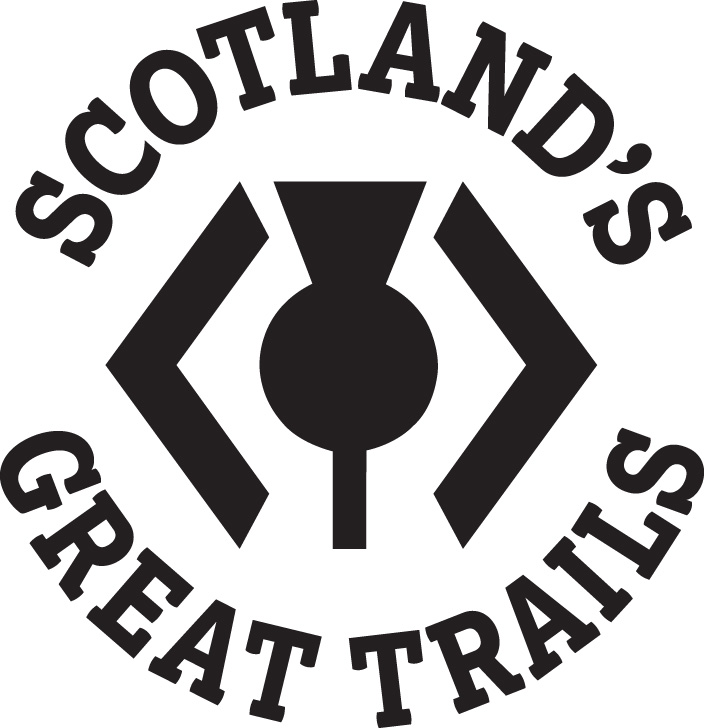About the John Muir Way
One of Scotland's Great Trails, the John Muir Way offers walkers and cyclists a unique journey through Scotland’s landscapes, history and heritage.
Traversing central Scotland coast to coast in 134 miles, it links Helensburgh in the west with Dunbar in the east (birthplace of America's 'father of national parks' John Muir).
The route symbolically passes through Scotland's own first national park, Loch Lomond & The Trossachs and offers a chance to connect with nature, taking advantage of the green spaces that link our coasts, villages, towns and even the capital city.
This is a journey of contrasts, taking in woodlands, beaches and canals, as well as rivers and parks through urban areas. You'll also discover Scotland's ancient Roman history, engineering heritage and several UNESCO World Heritage sites on the way. Whether you're from Scotland or are visiting for the first time, this mixture of landscape, culture and history will give you a view of Scotland not seen from any other perspective.
Good transport links and plentiful accommodation make it easy to plan a coast to coast expedition, or split it into sections to be completed over day trips or weekends.
Explore the route pages to find out more and plan your trip.
The Story of the John Muir Way

Completing the Burncrooks Reservoir path in section 2
In 2010 it was agreed that the original John Muir Way in East Lothian should be extended to create a coast to coast long-distance route. The coast to coast route opened in 2014 to coincide with the 100th anniversary of John Muir's death, Homecoming Scotland and Commonwealth Games in Glasgow.
Scottish Natural Heritage led the work with assistance from the 9 local authorities, Loch Lomond & The Trossachs National Park, and other key bodies. The mission was to provide an accessible and varied route, linking together the finest landscapes, countryside and places of interest, for anyone to use. The route links together core paths, other promoted routes, trails and cycleways, including the original John Muir Way in East Lothian. It can be walked or cycled from end to end, and there are some opportunities for horse-riding.
Its development was intended to encourage both locals and visitors to become more active, through doing the route either as a single journey, or in stages, improving their health, wellbeing and enjoyment of nature, while raising their awareness of John Muir's legacy. Local economies would also be given a boost through visitor spend. The John Muir Way is a flagship project in the Central Scotland Green Network, demonstrating what can be achieved through effective partnership working.
Route Management
The route is managed by the ten Access Authorities along the Way. Running west to east, these are Argyll & Bute Council, Loch Lomond & The Trossachs National Park Authority, West Dunbartonshire Council, Stirling Council, East Dunbartonshire Council, North Lanarkshire Council, Falkirk Council, West Lothian Council, City of Edinburgh Council and East Lothian Council.
The route website, social media and passport are managed by the John Muir Trust, a Scottish charitable company limited by guarantee (Charity No. SC002061 Company No. SC081620). The John Muir Trust is a conservation charity dedicated to protecting and enhancing wild places across the UK.
Coordination is provided through the John Muir Way Partnership Group. This comprises the ten Access Authorities and John Muir Trust, together with Forestry & Land Scotland, Historic Environment Scotland, Green Action Trust, John Muir Birthplace Charitable Trust, NatureScot, NFU Scotland, Public Health Scotland, Scottish Canals, Scottish Enterprise, Sustrans, TCV and VisitScotland.

